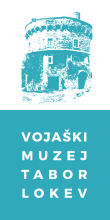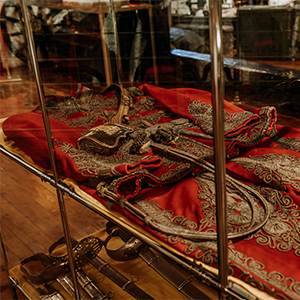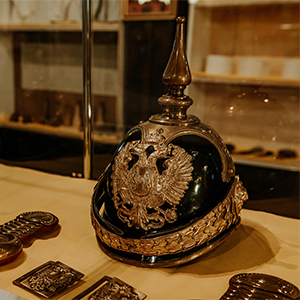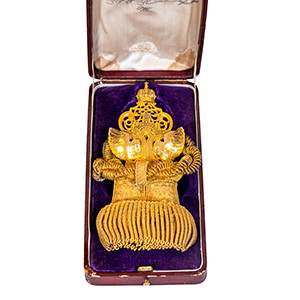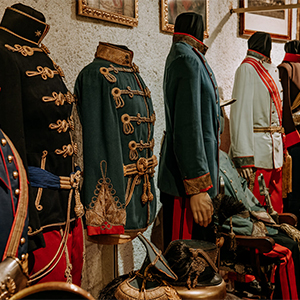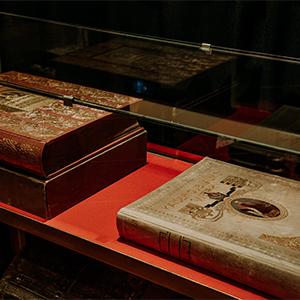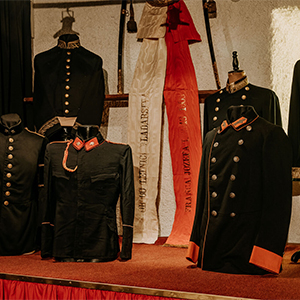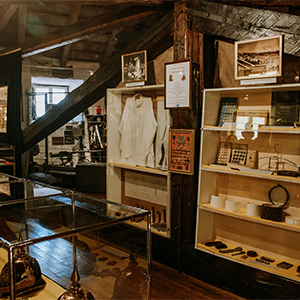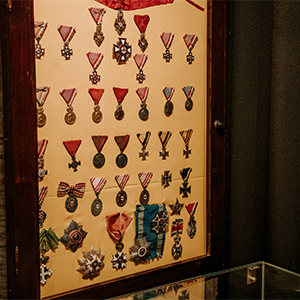Permanent exhibition
Austro-Hungarian military parade exhibition
From the early modern period on, court ceremonials took place in the Habsburg court, such as coronations, weddings, funerals, religious holidays, tournaments, etc., as well as political rallies with the presence of foreign princes and diplomats. The military, uniformed civil servants, military veterans, uniformed boarders with their uniformed teachers and others almost always participated in these public events. The uniforms were a distinct status symbols and a privilege of the nobility and wealthy bourgeoisie. The most prestigious uniforms belonged to those who were part of the emperor’s bodyguard (Leibgarde) in Vienna and Budapest. For them, public events were not just an official duty, but also an opportunity to fully exhibit uniforms with all the corresponding equipment in all their splendour. Uniforms of those guards changed in the course of the decades, but they preserved the tradition originating mainly in the 18th century. Hungarian guard uniforms imitated, like other uniforms in their army, the Hungarian national costume. In the year 1868 different reforms in the army were introduced affecting also its uniforms. White jackets of the cavalry (Uhlans and Dragoons) and infantry were abolished and were replaced by blue ones. Till the collapse of the monarchy in 1918, white jackets were worn only by generals as part of the so called gala uniform. Each cavalry prided itself on its own headgear: Dragoons on helmets with a ridge, Uhlans on Uhlan square-topped lancer cap (also called czapka) and Hussars on their shako hats (also called csákó) which were ornamented with golden patches, necklaces and horsetails. In other services of the army they preserved the luxurious tradition of the previous years despite the changes in uniforms for formal and ceremonial occasions.
With World War I luxurious army uniforms started to fade. Simpler and more modest uniform models started to come into use. They marked the emergence of new military fashion and taste.
The Austro-Hungarian Parade exhibition is centered mainly on parade uniforms and corresponding equipment from the field marshal, generals, officers, and soldiers of different services, to civil state services of the judiciary, finances, firemen, miners, post and court services.
